If you’re considering a 4x4 but have no idea on what to look for and what to expect? No worries, we got you! Let’s start by defining terms. A 4WD vehicle or 4x4 is shorthand for four-wheel-drive, where all four wheels receive power from the engine; this is opposed to rear-wheel drive or front-wheel drive where the engine output is transmitted only to the rear or front wheels respectively.
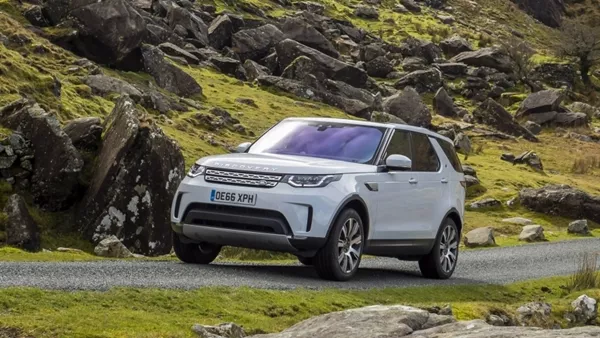
Are you considering a 4x4 but have no idea on what to look for and what to expect?
A 4x4 system offers substantially improved performance by way of increased traction, making it ideal for off-road vehicles such as pickups and SUVs. If you’re already decided on getting a 4x4 as your next vehicle, what are the things that you need to consider? Below are ten questions prepared by Philkotse.com that you can ask yourself when shopping around for a 4x4.
1. Which body style do you prefer?
Here’s a quick guide to basic body styles to help you figure out which suits your needs.
Sedan – This is a popular style used in passenger cars. Sedans typically seat up to five passengers, with a dedicated compartment (called a trunk or boot) at the rear for cargo. Many sedans have fold-down second-row seats, allowing occupants to access the trunk without having to get out of the car.
Hatchback – A shorter body style compared to a sedan, due to an abbreviated rear end. Unlike in a sedan, the relatively smaller cargo compartment is located inside the cabin and can be similarly accessed by occupants through fold-down seats. A common perception towards hatchbacks is that the lack of a rear crumple zone reduces their safety in a crash.
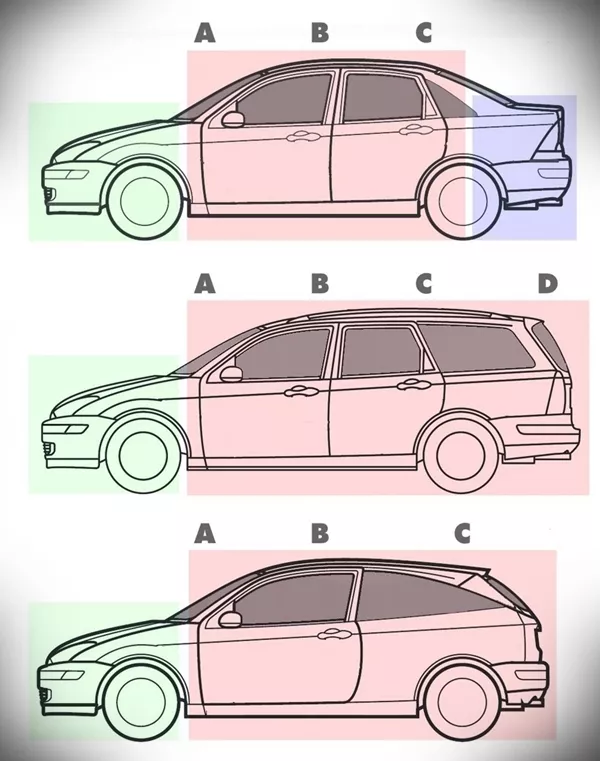
Which is your favorite car body type?
Wagon – Somewhat like a larger hatchback, this particular style is used in SUVs, AUVs and MPVs. Wagons usually have three rows of seats which can accommodate between five to seven occupants, with the third row being foldable to make extra room for cargo inside the cabin. Unlike on hatchbacks, the larger interior dimensions of a wagon allow passengers to reach the cargo area without having to fold the second-row seats.
Pickup – a body style that combines an enclosed passenger cab with an open area (called a cargo bed) at the rear; the cargo bed is marked by low sides and a tailgate for access to the loading bay. Pickup trucks are ideal for carrying exceptionally large cargo that will not fit inside the cabin or otherwise damage the interior.
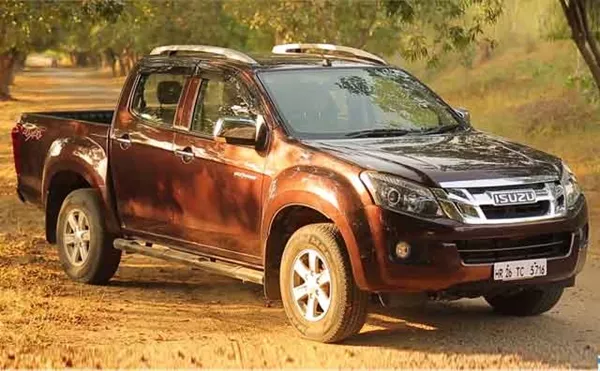
The cargo bed is marked by low sides and a tailgate for access to the loading bay
Pickups are primarily chosen for their utility in environments such as farms or construction sites, although they are also purchased for lifestyle purposes. Many pickups are offroad-capable.
Van – A larger body that places emphasis on volume and capacity. Vans can range from minivans to full-size minibusses, with seating for at least 10 occupants, ideal for ferrying large groups around. Due to their size, vans are also used for business, since they are very useful in transporting large amounts of cargo.
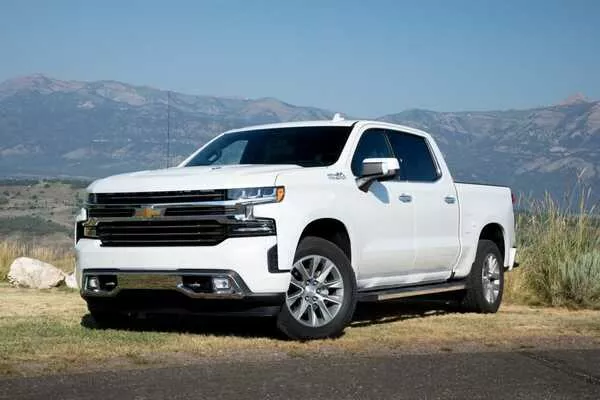
Pickups are used to carry cargo that would not normally fit inside the cabin
2. What’s your budget?
How much you’re willing to spend will further pare down the list of potential vehicles to choose from. The additional components on 4x4 vehicles make them more expensive than vehicles driven by two wheels, and we’re not just talking about the sticker price.
There’s also the higher operating costs of owning a 4x4 since they have more parts, use more lubricants, and typically consume more fuel due to the added weight.
>>> Check out: [Philkotse pick] Top 10 Best-in-value used 4x4 vehicles.
3. What is the ideal size for you?
Generally, smaller 4x4 vehicles perform better than larger ones. The additional weight of the driveline components can be offset by the vehicle’s overall smaller size. As a rule, vehicles with a smaller mass take much less to accelerate and stop compared to heavier vehicles, apart from being more maneuverable.
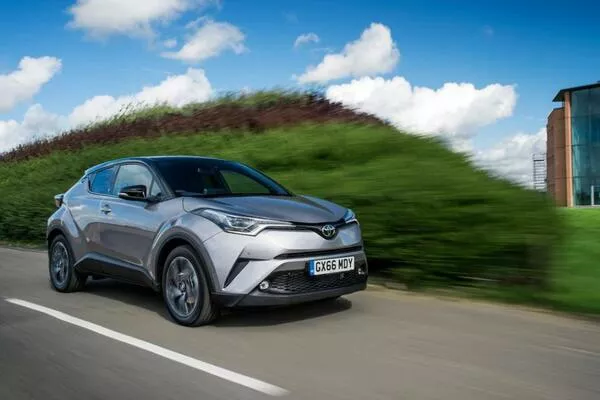
Smaller 4WD vehicles generally perform better than larger ones
4. Beam axle or independent suspension?
In a beam axle setup, two wheels are connected laterally by a rigid beam or shaft; the simple yet rugged design is easier to manufacture, is more robust in high-load conditions, and provides better articulation. On the other hand, independent suspensions allow the wheels along the same axle to move independently of each other, resulting in better ride quality and handling.
A beam axle suspension is more ideal if you frequently drive on the trails carrying loads, while an independent suspension is better if you prioritize passenger comfort.
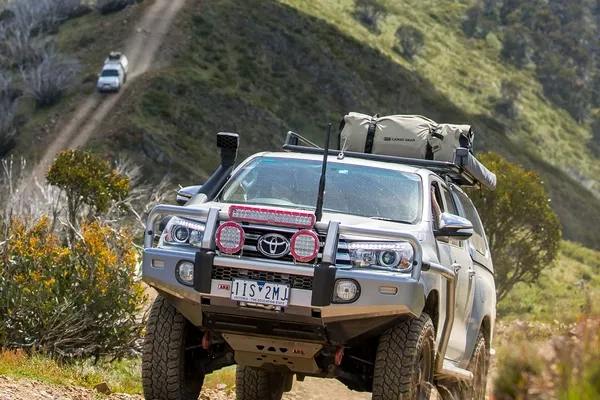
Would you stow your gear inside or outside the vehicle?
>>> Just for your information: Easy steps to troubleshoot car suspension system.
5. Gasoline or diesel?
The engine type is also a major consideration when choosing a 4x4. Although they tend to carry a higher sticker price, diesel vehicles are a popular choice for their low-end torque which yields more power especially in off-road situations, plus the fuel costs less at the pumps.
Meanwhile, gasoline 4x4s have the advantage of quicker acceleration, quieter operation, and relatively fewer emissions, apart from being less demanding in terms of maintenance.
6. Automatic or manual?
Manual transmissions give you greater control over gear shifts i.e. if you want to downshift sooner to deliver more torque from the engine to the drive wheels. On the other hand, automatic transmissions are more convenient, letting you focus on the road ahead.
Do note that automatic transmissions tend to overheat under performance driving situations, and you can’t do push starts with it in case the vehicle gets stalled in the middle of your journey.

Manual transmissions are seen as more fuel efficient compared to automatics
>>> Read more: Ending the controversial debate: Automatic or Manual Transmission?
7. Are spare parts easy to find?
Maintenance is an important part of vehicle ownership, and potential owners often ask about spare parts availability e.g. how easy they are to the source, how much do they cost, does the dealership have a ready inventory of these components or do they have to be ordered overseas.
One follow-up to that question is if there are suitable aftermarket replacements for certain parts such as ball joints, in case the genuine components are not available or cost way above budget.
8. What specific features are you looking for?
The market brings a considerable selection of 4x4s, all seemingly boasting the same things such as ruggedness, power, and capability. But even between 4x4s, there are still specific features that you might have in mind, such as interior space, tech amenities, ride quality, fuel economy, and safety. The model which checks the most boxes on your criteria while staying within the budget is your winner.
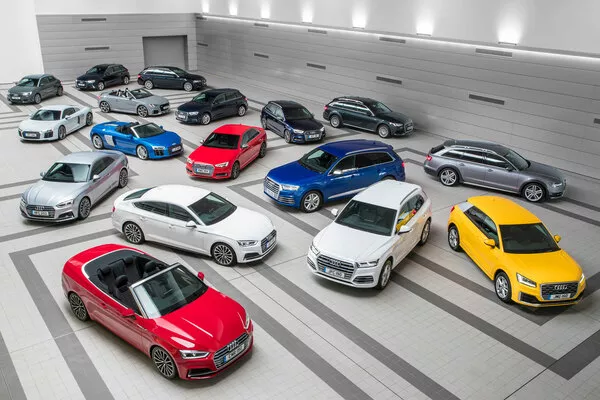
Feel free to judge your choices based on your subjective
>>> Have you known 8 Modern 4x4 Features You Should Look Out For?
9. Will you be happy with your purchase?
With most things considered, try to imagine your chosen 4x4 years down the line. Will you still be happy with it by then? Do you plan to sell the car after five or ten years, or are looking for a keeper? Would you be able to maximize its capabilities, or is it just going to be a street queen?
Don’t be swayed by an impulsive decision to buy something just because it’s the latest or the greatest on offer. It’s okay to ponder on your choice carefully; after all, you’ll be spending your hard-earned money. Put in a little effort to research the vehicle’s virtues and potential issues, talk to real owners, and visit Philkotse.com for the latest information to help you in owning your dream car.
Recent posts
- Facts to know about 4WD cars before bringing one home Sep 20, 2021
- Suspension modifications for off-road goodness in the Philippines Feb 17, 2021
- 8 helpful & simple tips to become a good off road driver in the Philippines Oct 01, 2018
- The Top 4 Off-Road Cars in the Philippines May 27, 2021
- 4WD vs AWD: Getting a grip on the road Sep 20, 2021












